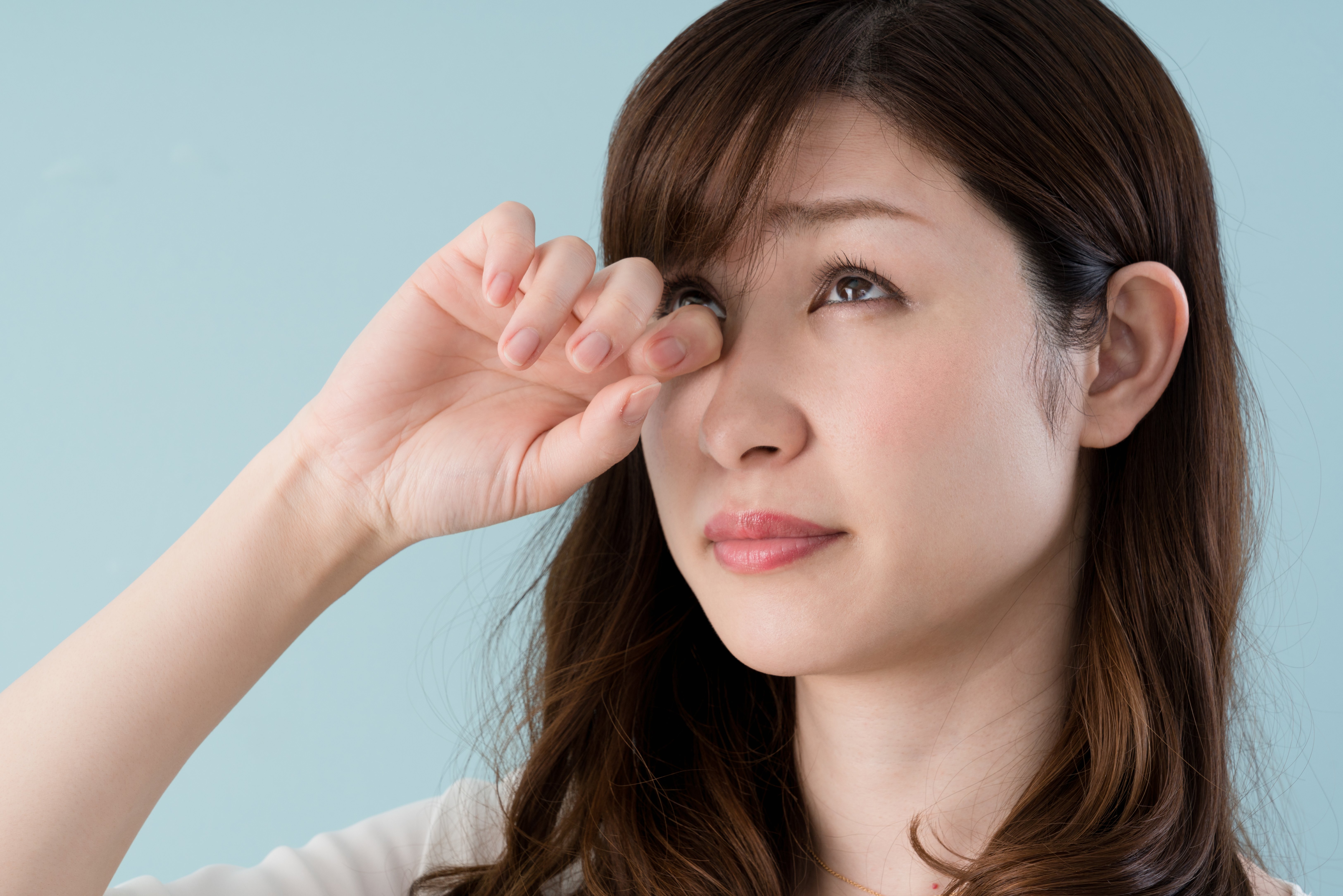
Eye discomfort is a common condition among many Americans. Some experience it during particular seasons, while others experience them all year round. If you have eye discomfort and no discharge from your eyes, do you have dry eye or seasonal allergies? It is a common question that most people would like to have an answer to.
Seasonal allergies and dry eye have similar symptoms, making them almost indistinguishable. However, you can easily understand what is ailing you if you take note of all the symptoms you are experiencing.
What Are Dry Eyes?
Dry eyes are a common eye condition that affects a significant number of Americans all year round. Unlike seasonal allergies, dry eyes usually do not need anything to trigger them. It usually occurs because of two main issues: poor tear quality or insufficient tears. Some treatment options are specific to the dry eye type, while others work for both types.
Poor Quality Tears
The tears in our eyes comprise different layers that work together to keep our eyes well-lubricated throughout the day. The layers are the aqueous, mucus, and lipid layers.
The aqueous part makes up the most significant part of the tear film. The mucin layer helps spread it evenly over the eye. Meanwhile, the lipid layer helps protect the tear film from evaporation.
Poor tear quality usually occurs when there is a problem with the lipid layer. A tear film with no lipid layer evaporates quickly, exposing the eye to the elements. It leads to the symptoms of dry eyes. The lipid layer is usually affected when the meibomian glands that produce the oils are not functional or blocked.
Insufficient Tears
Sometimes, your eyes may not produce enough tears due to some medication or medical condition. When you have this type of dry eye, your eyes lack enough lubrication.
What Are the Symptoms of Dry Eye?
The main dry eye symptoms are:
Burning sensation in the eyes
Feeling of sand in the eyes
Watery eyes
Irritation
Redness of the eyes
Seasonal Allergies
As the name suggests, this happens during specific seasons. Usually, seasonal allergies are triggered by a specific environmental allergen. The most common allergens are pollen, pet dander, smoke, mold, dust mites, and fragrances or perfumes.
The allergen triggers a reaction when it enters the eye. Usually, your body will assume that the allergen—for instance, pollen—is a foreign body attacking the body. Your body will then produce histamines to fight off the foreign body, leading to the symptoms you experience.
What Are the Symptoms of Seasonal Eye Allergies?
Seasonal eye allergies are also sometimes known as allergic conjunctivitis. Many symptoms you experience with seasonal eye allergies are similar to dry eye symptoms. You will have redness in your eyes and may tear up throughout the day. Your eyes are irritated, and you have a burning sensation and a gritty feeling in your eyes.
But other symptoms differ, setting seasonal eye allergies apart from dry eyes. For instance, itchiness is a distinct symptom that only accompanies seasonal eye allergies. Another one is the skin around your eyes becoming puffy. Some people may have allergic shiners or dark circles under their eyes. You may also experience light sensitivity.
For more about dry eyes vs. seasonal allergies, visit Advanced Vision Family Eye Care at our office in Bellingham, Washington. Call (360) 526-0075 to book an appointment today.








